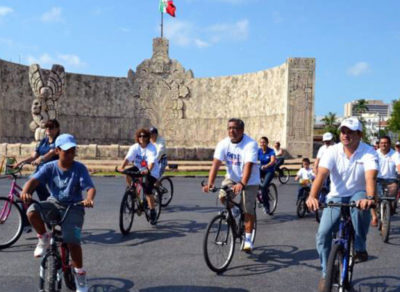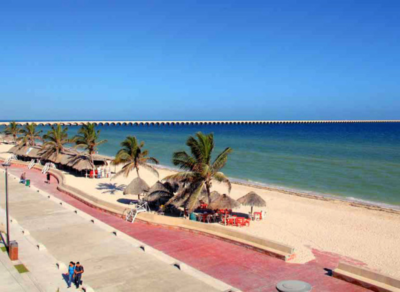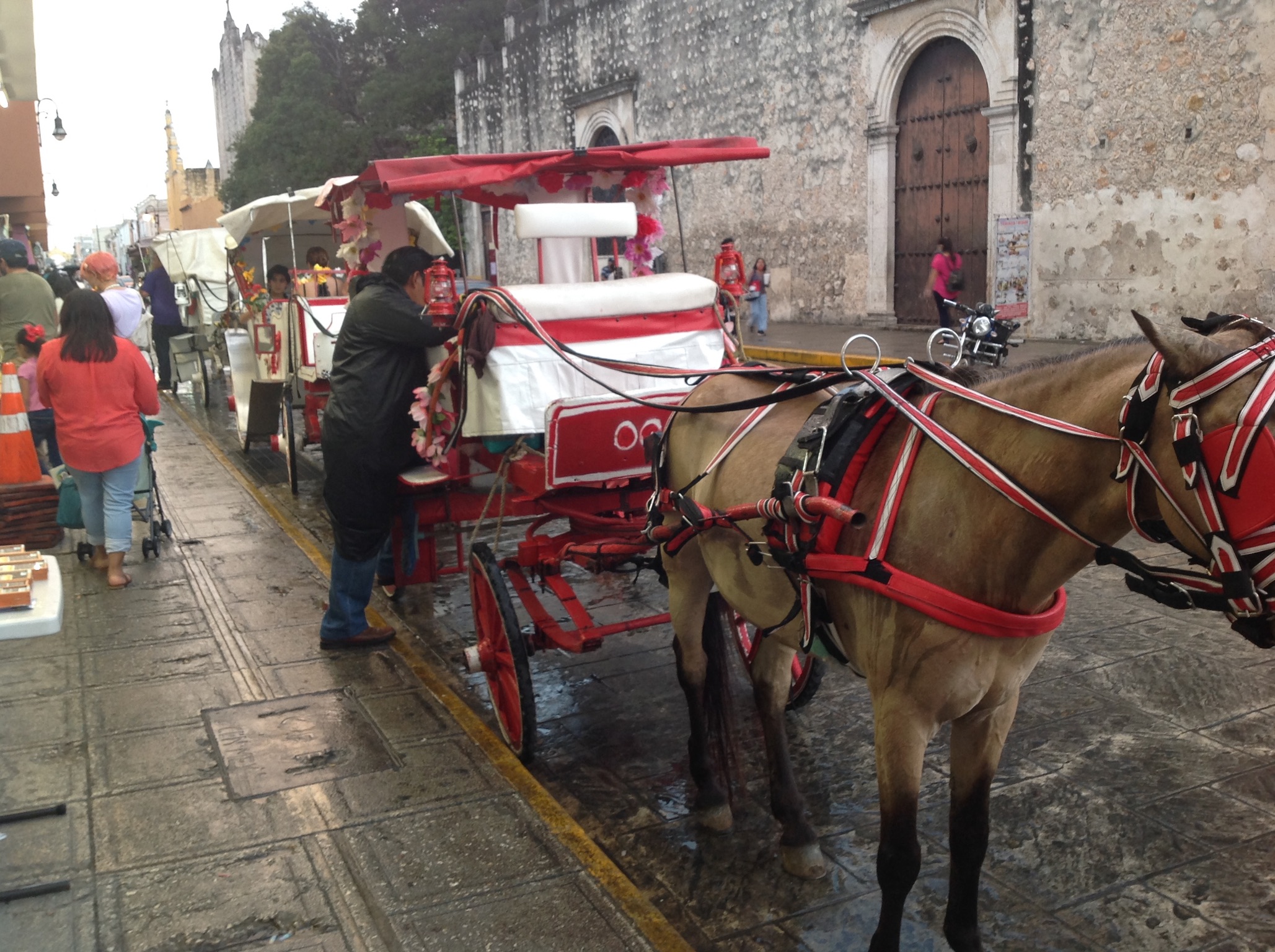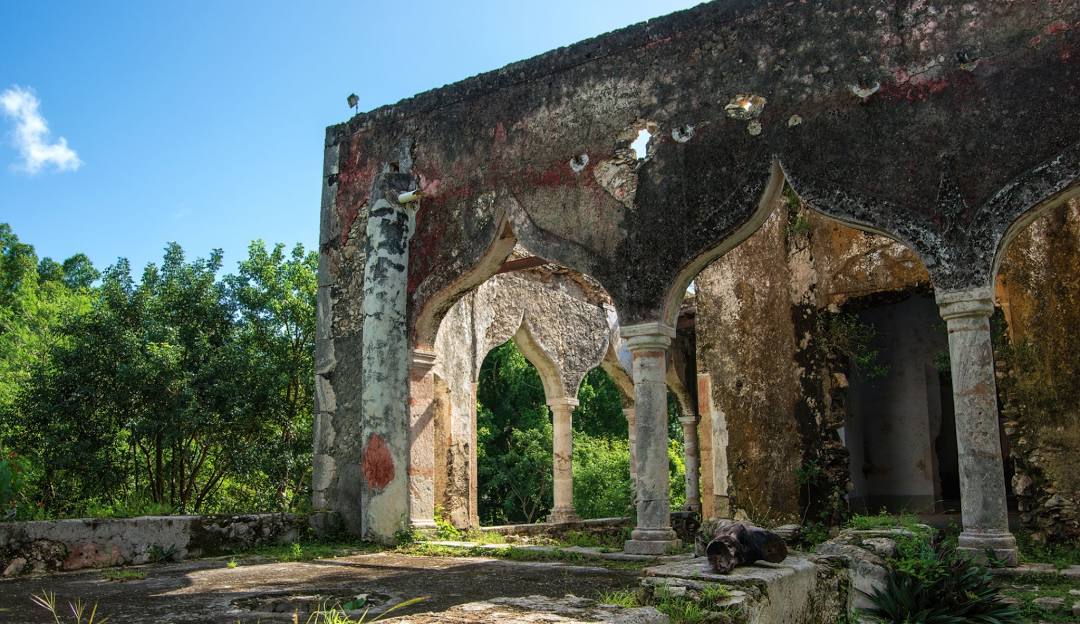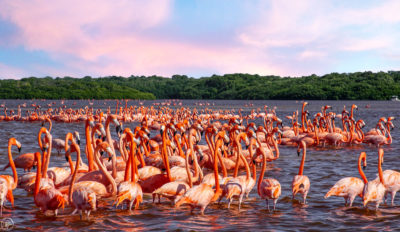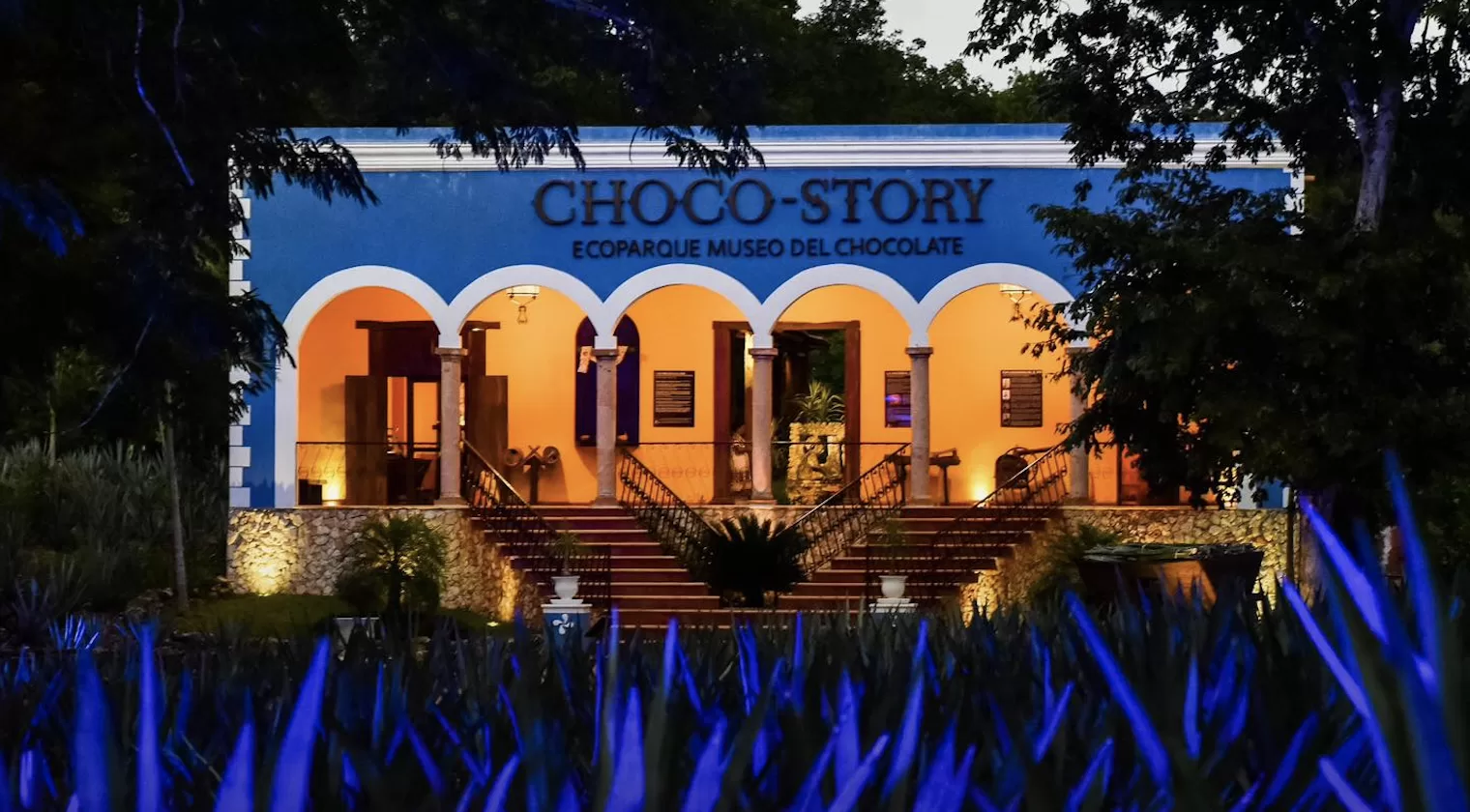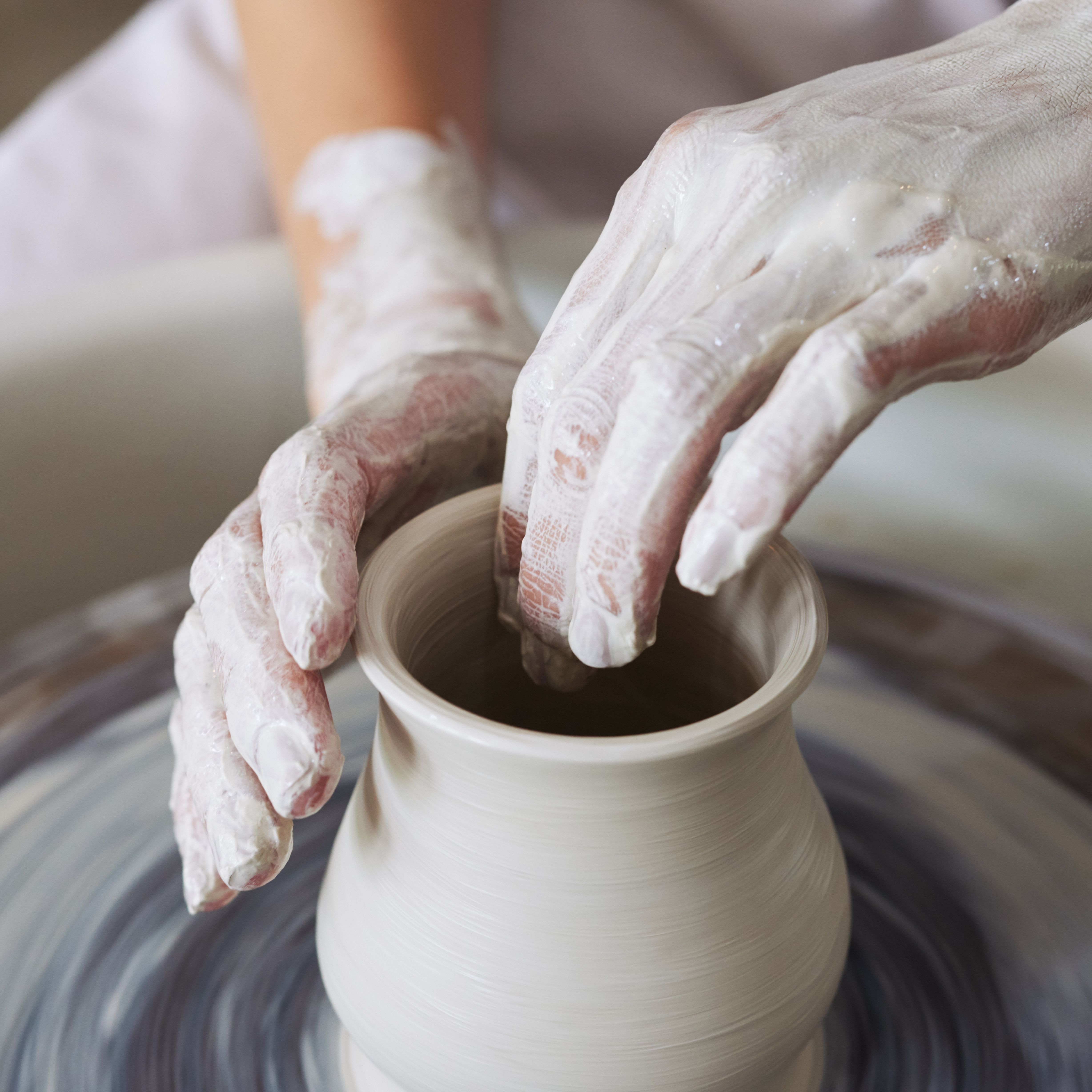Excursions
Situated in the heart of the Yucatan Peninsula, the capital of Mérida is a charming colonial city with a population of just 1 million. It is known as the safest city in all of Latin America and home to some of the most impressive Maya ruins in the region.
Mérida is a city that has a rich history, dating back to 1542 when it was founded by the Montejos making it one of Mexico’s oldest cities. Stunning historical Spanish colonial architecture can be found throughout the city, and most of the local population are descended from the Mayans.
Surrounded by cenotes (sinkholes that contain freshwater lakes) and impressive Mayan archaeological sites, Merida has become a favourite destination for tourists and a fascinating place to explore.
During your stay in Mérida, time will be set aside every day to participate in local events, visit historical places of interest and dine in landmark restaurants.
Excursions
Situated in the heart of the Yucatan Peninsula, the capital of Merida is a charming colonial city with a population of just 1 million. It is known as the safest city in all of Latin America and home to some of the most impressive Maya ruins in the region.
Merida is a city that has a rich history, dating back to 1542 when it was founded by the Montejos making it one of Mexico’s oldest cities. Stunning historical Spanish colonial architecture can be found throughout the city, and most of the local population are descended from the Mayans.
Surrounded by cenotes (sinkholes that contain freshwater lakes) and impressive Mayan archaeological sites, Merida has become a favourite destination for tourists and a fascinating place to explore.
During your stay in Merida, time will be set aside every day to participate in local events, visit historical places of interest and dine in landmark restaurants.

